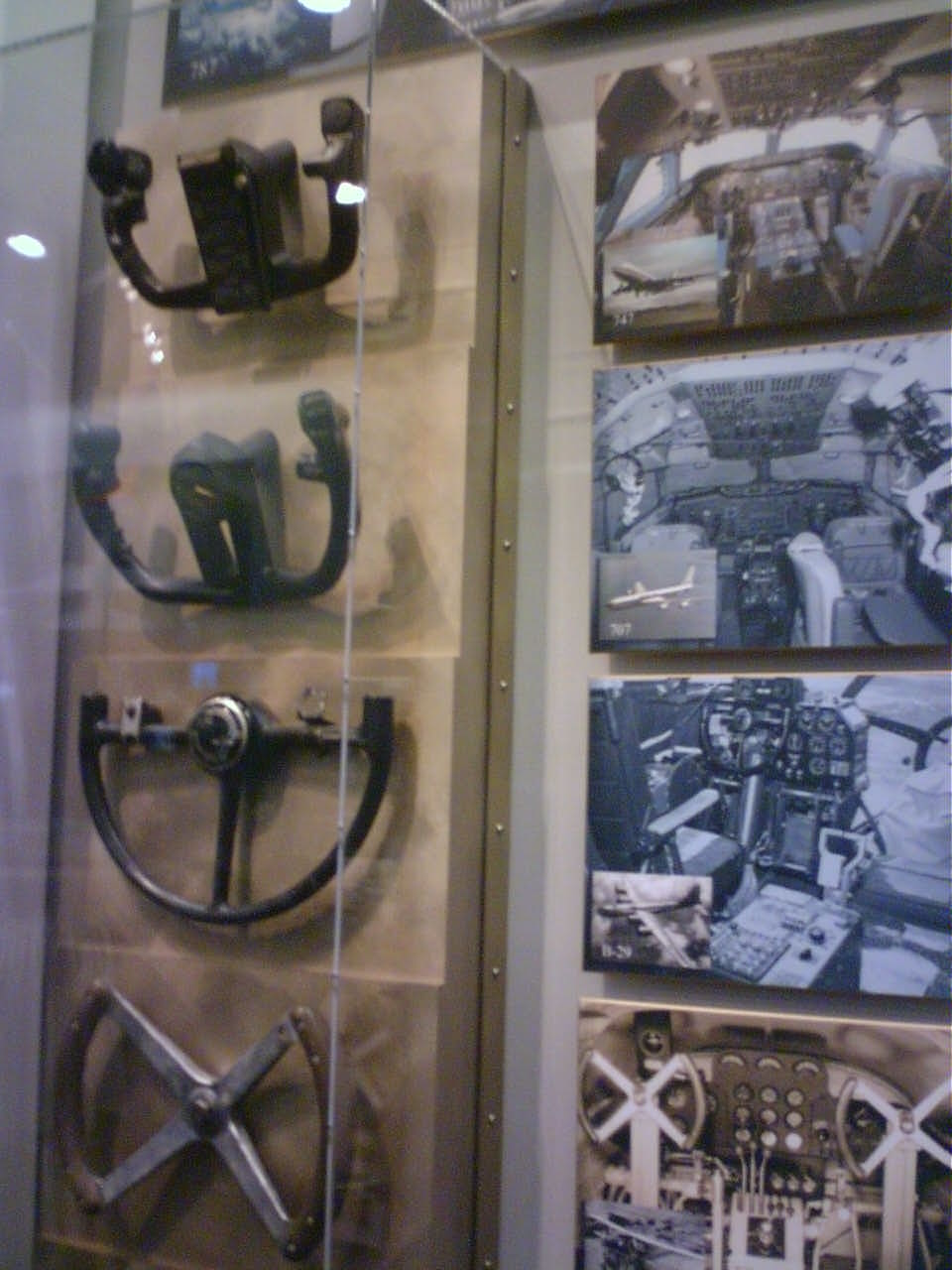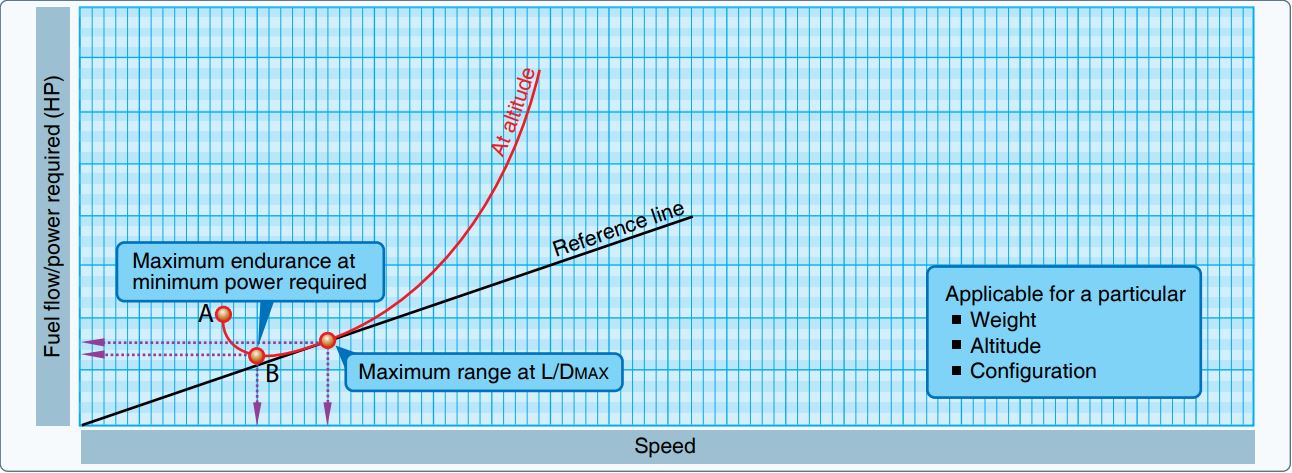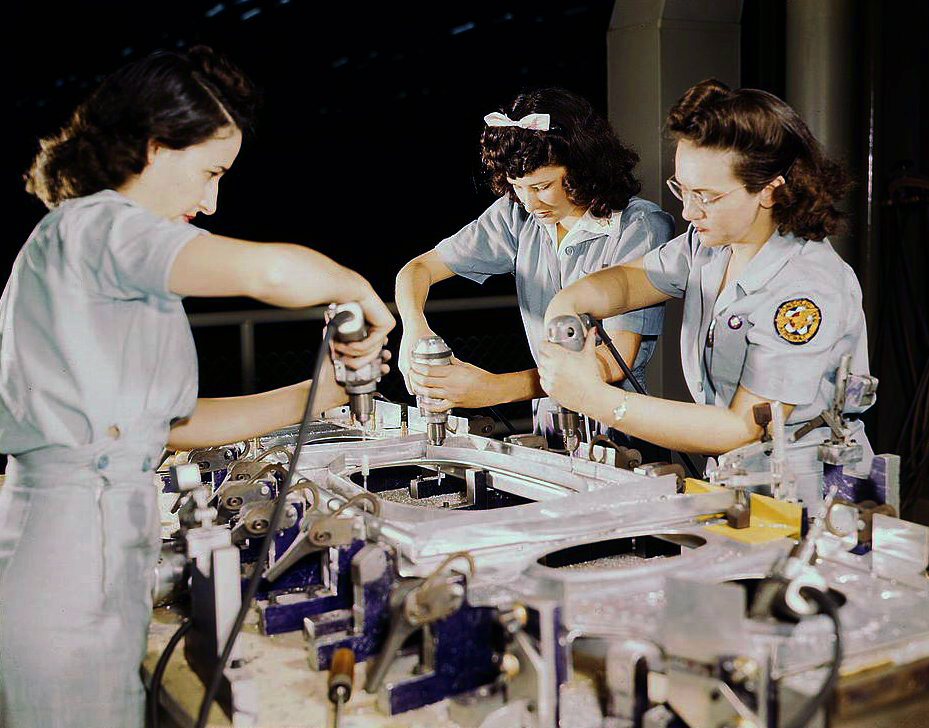|
Airbus A300
The Airbus A300 is Airbus' first production aircraft and the world's first Twinjet, twin-engine, double-aisle Wide-body aircraft, (wide-body) airliner. It was developed by ''Airbus Industrie GIE'', now merged into Airbus SE, and manufactured from 1971 to 2007. In September 1967, aircraft manufacturers in France, West Germany and the United Kingdom signed an initial memorandum of understanding to collaborate to develop an innovative large airliner. The French and West Germans reached a firm agreement on 29 May 1969, after the British withdrew from the project on 10 April 1969. A new collaborative aerospace manufacturer, aerospace company, ''Airbus Industrie GIE'', was formally created on 18 December 1970 to develop and produce it. The A300 prototype first flew on 28 October 1972. The first twin-engine widebody airliner, the A300 typically seats 247 passengers in two classes over a Range (aircraft), range of 5,375 to 7,500 km (2,900 to 4,050 nmi; ). Initial variants ... [...More Info...] [...Related Items...] OR: [Wikipedia] [Google] [Baidu] |
Podded Engine
A podded engine is a jet engine that has been built up and integrated in its nacelle. This may be done in a podding facility as part of an aircraft assembly process. The nacelle contains the engine, engine mounts and parts which are required to run the engine in the aircraft, known as the EBU (Engine Build Up). The nacelle consists of an inlet, an exhaust nozzle and a cowling which opens for access to the engine accessories and external tubing. The exhaust nozzle may include a thrust reverser. The podded engine is a complete powerplant, or propulsion system, and is usually attached below the wing on large aircraft like commercial airliners or to the rear fuselage on smaller aircraft such as business jets. Engine Build Up The EBU components connect the engine systems with the aircraft systems. Engine build up includes installation of an engine starter, hydraulic pumps, electrical generators and firewire and components which connect the engine to the aircraft. They include the fol ... [...More Info...] [...Related Items...] OR: [Wikipedia] [Google] [Baidu] |
Airbus Beluga
The Airbus A300-600ST (Super Transporter), or Beluga, is a specialised wide-body airliner used to transport aircraft parts and outsize cargoes. It received the official name of ''Super Transporter'' early on, but its nickname, after the beluga whale, which it resembles, gained popularity and has since been officially adopted. Due to Airbus's manufacturing facilities being dispersed, the company had a long term need to transport sizeable components, such as wings and fuselage sections, to their final assembly lines. This had been met by a small fleet of Aero Spacelines "Super Guppies", but these aircraft were aged and increasingly maintenance-intensive to keep in operation. While several different existing aircraft were studied, none were found to be fully satisfactory. Instead, the company came to favour developing a derivative of its standard A300-600. In August 1991, a new joint venture company, ''Super Airbus Transport International'' (SATIC), was formed to pursue the ve ... [...More Info...] [...Related Items...] OR: [Wikipedia] [Google] [Baidu] |
Yoke (aeronautics)
A yoke, alternatively known as a control wheel or a control column, is a device used for piloting some fixed-wing aircraft.Crane, Dale: ''Dictionary of Aeronautical Terms, third edition'', page 563. Aviation Supplies & Academics, 1997. . The pilot uses the yoke to control the attitude of the plane, usually in both pitch and roll. Rotating the control wheel controls the ailerons and the roll axis. Fore and aft movement of the control column controls the elevator and the pitch axis. When the yoke is pulled back, the nose of the aircraft rises. When the yoke is pushed forward, the nose is lowered. When the yoke is turned left, the plane rolls to the left, and when it is turned to the right, the plane rolls to the right. Small to medium-size aircraft, usually limited to propeller-driven, feature a mechanical system whereby the yoke is connected directly to the control surfaces with cables and rods. Human muscle power alone is not enough for larger and more powerful aircraft ... [...More Info...] [...Related Items...] OR: [Wikipedia] [Google] [Baidu] |
Pratt & Whitney PW4000
The Pratt & Whitney PW4000 is a family of dual-spool, axial-flow, high-bypass turbofan aircraft engines produced by Pratt & Whitney as the successor to the JT9D. It was first run in April 1984, was FAA certified in July 1986, and was introduced in June 1987. With thrust ranging from , it is used on many wide-body aircraft. Development The 52,000–62,000 lbf (230–275 kN), -fan PW4000 made its first run in April 1984, was FAA certified in July 1986, and was introduced in June 1987. It powers the Airbus A300-600 and Airbus A310-300, Boeing 747-400 and 767-200/300, and McDonnell Douglas MD-11 widebodies. Development of the , -fan version began in December 1991 for the Airbus A330, was FAA certified in August 1993, and made its first flight two months later. It received 90min Extended-range Twin-engine Operations (ETOPS) approval at introduction in December 1994, and 180min ETOPS approval in July 1995. In January 2000, it was the A330 market leader with more than ... [...More Info...] [...Related Items...] OR: [Wikipedia] [Google] [Baidu] |
General Electric CF6-80C2
The General Electric CF6, US military designations F103 and F138, is a family of high-bypass turbofan engines produced by GE Aviation. Based on the TF39, the first high-power high-bypass jet engine, the CF6 powers a wide variety of civilian airliners. The basic engine core also powers the LM2500 and LM6000 marine and power generation turboshafts. It is gradually being replaced by the newer GEnx family. Development After developing the TF39 for the C-5 Galaxy in the late 1960s, GE offered a more powerful variant for civilian use, the CF6. GE quickly found interest in two designs being offered for a recent Eastern Airlines contract, the Lockheed L-1011 and the McDonnell Douglas DC-10. Lockheed eventually selected the Rolls-Royce RB211, but the latter stuck with the CF6 and entered service in 1971. It was also selected for versions of the Boeing 747. Since then, the CF6 has powered versions of the Airbus A300, A310 and A330, Boeing 767, Lockheed C-5M Galaxy, and McDonnel ... [...More Info...] [...Related Items...] OR: [Wikipedia] [Google] [Baidu] |
Pratt & Whitney JT9D
The Pratt & Whitney JT9D engine was the first high bypass ratio jet engine to power a wide-body airliner. Its initial application was the Boeing 747-100, the original "Jumbo Jet". It was Pratt & Whitney's first high-bypass-ratio turbofan. Development The JT9D program was launched in September 1965 and the first engine was tested in December 1966. It received its FAA certification in May 1969 and entered service in January 1970 on the Boeing 747. It subsequently powered the Boeing 767, Airbus A300 and Airbus A310, and McDonnell Douglas DC-10. The enhanced JT9D-7R4 was introduced in September 1982 and was approved for 180-minute ETOPS for twinjets in June 1985. By 2020, the JT9D had flown more than 169 million hours. Production ceased in 1990, to be replaced by the new PW4000. The JT9D was developed from the STF200/JTF14 demonstrator engines. The JTF14 engine had been proposed for the C-5 Galaxy program but the production contract was awarded to the General Electric TF39. The ... [...More Info...] [...Related Items...] OR: [Wikipedia] [Google] [Baidu] |
General Electric CF6-50
The General Electric CF6, US military designations F103 and F138, is a family of high-bypass turbofan engines produced by GE Aviation. Based on the TF39, the first high-power high-bypass jet engine, the CF6 powers a wide variety of civilian airliners. The basic engine core also powers the LM2500 and LM6000 marine and power generation turboshafts. It is gradually being replaced by the newer GEnx family. Development After developing the TF39 for the C-5 Galaxy in the late 1960s, GE offered a more powerful variant for civilian use, the CF6. GE quickly found interest in two designs being offered for a recent Eastern Airlines contract, the Lockheed L-1011 and the McDonnell Douglas DC-10. Lockheed eventually selected the Rolls-Royce RB211, but the latter stuck with the CF6 and entered service in 1971. It was also selected for versions of the Boeing 747. Since then, the CF6 has powered versions of the Airbus A300, A310 and A330, Boeing 767, Lockheed C-5M Galaxy, and McDonnel ... [...More Info...] [...Related Items...] OR: [Wikipedia] [Google] [Baidu] |
Range (aircraft)
The maximal total range is the maximum distance an aircraft can fly between takeoff and landing. Powered aircraft range is limited by the aviation fuel energy storage capacity (chemical or electrical) considering both weight and volume limits. Unpowered aircraft range depends on factors such as cross-country speed and environmental conditions. The range can be seen as the cross-country ground speed multiplied by the maximum time in the air. The fuel time limit for powered aircraft is fixed by the available fuel (considering reserve fuel requirements) and rate of consumption. Some aircraft can gain energy while airborne through the environment (e.g. collecting solar energy or through rising air currents from mechanical or thermal lifting) or from in-flight refueling. These aircraft could theoretically have an infinite range. Ferry range means the maximum range that an aircraft engaged in ferry flying can achieve. This usually means maximum fuel load, optionally with extra fuel ... [...More Info...] [...Related Items...] OR: [Wikipedia] [Google] [Baidu] |
Aerospace Manufacturer
An aerospace manufacturer is a company or individual involved in the various aspects of Aircraft design process, designing, building, testing, selling, and maintaining aircraft, aircraft parts, missiles, rockets, or spacecraft. Aerospace is a high technology industry. The aircraft industry is the Industry (economics), industry supporting aviation by building aircraft and manufacturing aircraft parts for their aircraft maintenance, maintenance. This includes aircraft and parts used for civil aviation and military aviation. Most production is done pursuant to type certificates and Defense Standards issued by a government body. This term has been largely subsumed by the more encompassing term: "aerospace industry". Market In 2015 the aircraft production was worth US$180.3 billion: 61% airliners, 14% business and general aviation, 12% military aircraft, 10% military rotary wing and 3% civil rotary wing; while their aircraft maintenance, MRO was worth $135.1 Bn or $ Bn combined. ... [...More Info...] [...Related Items...] OR: [Wikipedia] [Google] [Baidu] |
United Kingdom
The United Kingdom of Great Britain and Northern Ireland, commonly known as the United Kingdom (UK) or Britain, is a country in Northwestern Europe, off the coast of European mainland, the continental mainland. It comprises England, Scotland, Wales and Northern Ireland. The UK includes the island of Great Britain, the north-eastern part of the island of Ireland, and most of List of islands of the United Kingdom, the smaller islands within the British Isles, covering . Northern Ireland shares Republic of Ireland–United Kingdom border, a land border with the Republic of Ireland; otherwise, the UK is surrounded by the Atlantic Ocean, the North Sea, the English Channel, the Celtic Sea and the Irish Sea. It maintains sovereignty over the British Overseas Territories, which are located across various oceans and seas globally. The UK had an estimated population of over 68.2 million people in 2023. The capital and largest city of both England and the UK is London. The cities o ... [...More Info...] [...Related Items...] OR: [Wikipedia] [Google] [Baidu] |
France
France, officially the French Republic, is a country located primarily in Western Europe. Overseas France, Its overseas regions and territories include French Guiana in South America, Saint Pierre and Miquelon in the Atlantic Ocean#North Atlantic, North Atlantic, the French West Indies, and List of islands of France, many islands in Oceania and the Indian Ocean, giving it Exclusive economic zone of France, one of the largest discontiguous exclusive economic zones in the world. Metropolitan France shares borders with Belgium and Luxembourg to the north; Germany to the northeast; Switzerland to the east; Italy and Monaco to the southeast; Andorra and Spain to the south; and a maritime border with the United Kingdom to the northwest. Its metropolitan area extends from the Rhine to the Atlantic Ocean and from the Mediterranean Sea to the English Channel and the North Sea. Its Regions of France, eighteen integral regions—five of which are overseas—span a combined area of and hav ... [...More Info...] [...Related Items...] OR: [Wikipedia] [Google] [Baidu] |









